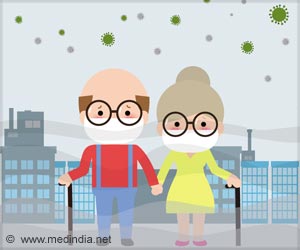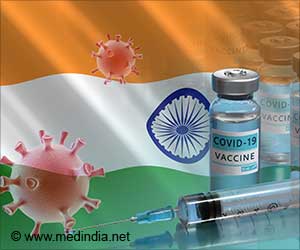During COVID-19 lockdown, easing the social distancing rules so that each household could have contact with just one or two others would reconnect most households in a community, revealed a website.

‘The COVID-19 virus can spread through many types of social interactions — from kissing and hugging to simply being in the same room — which is why health officials recommend rigorous social distancing measures like staying home, washing hands frequently, wearing face masks and keeping 6 feet from others during essential trips to grocery stores, pharmacies and medical appointments.’





“There have been lots of discussions and articles about using social distancing to do things like ‘flatten the curve,’” said Goodreau. “We wanted to illustrate these principles at a community level, to help people visualize how even seemingly simple connections aren’t so simple.” “Can’t I please just visit one friend?” starts out by visualizing the effectiveness of these social distancing measures on a hypothetical community of 200 households. The researchers adjust the social connections in this community to demonstrate the effects of social distancing.
Here’s the community without social distancing: Each green dot is a household. The gray lines running between households are social connections — specifically the types that could spread the COVID-19 virus, such as close contact among people. In this community, each household has, on average, 15 connections to other households.
With no social distancing, social connections ensure that every household is directly or indirectly connected with every other household in the community, creating one giant cluster.
Here’s the community after social distancing: Most households are now isolated. But 10% of households, shown in blue, include a person with an essential job. These households still generate social connections that could potentially spread the COVID-19 virus. But the largest cluster created by these connections encompasses just 26% of households. For the vast majority of households, there is no social connection to potentially expose them to the COVID-19 virus.
Advertisement
“We purposefully keep this quite simple to get the basic idea across to people,” said Morris. “It shows why connections can spread more than we realize, and much more than our instincts might tell us.”
Advertisement
Each of these connections is an opportunity for the virus to spread.
“With COVID-19, many types of connections can transmit the virus,” said Morris. “What we show is that you don’t need superspreaders to create network connectivity for transmission; visiting just one friend is equally effective for connecting a community into one large cluster.”
By forgoing that visit with just one friend, people can help their neighbors both nearby and across town, and they will be helped in return, Morris added.
Source-Newswise















